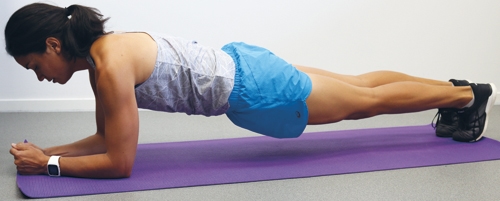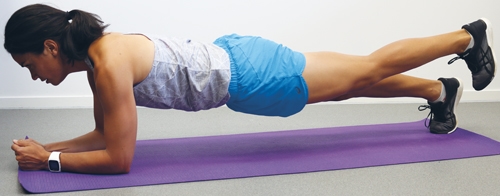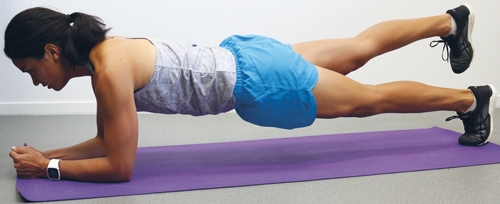
Reach your fitness goals by finding an exercise regime that works for you.
Managing your exercise expectations is hugely important. While we want our fitness goals to stretch us, we need to be realistic so they don’t break us along the way! An effective way to manage expectations is to draw a line in the sand with the following questions and develop an exercise plan around your responses.
What’s important to you?
Figure out what’s important to you when you exercise. Do you like being outside or do you prefer to exercise indoors? Do you like to go it alone, train with a partner, or be part of a fitness group? Stick to what you like and are more likely to do, to avoid any excuses creeping in.
Where are you at now?
Have a body audit of your injury status. Do you have any niggly or chronic injuries or aches that need treatment? Remember, sometimes injuries are a great opportunity for growth in other areas, so all is not lost. In managing our expectations, we need to manage our bodies. If you’re currently unable to run, it’s highly unlikely you’re going to be doing a 10km fun run next week. That said, for an injured runner, there are still loads of different exercise options to stay active safely. Some low-impact options might include swimming, water running, bike riding or a circuit class.
Where do you want to be?
Having a target to aim for with exercise is motivating. It doesn’t have to be to climb Mt Everest or Mt Maunganui but it should be something meaningful to you, such as being able to go on a 30-minute walk with your grandson without having to stop. Some targets take longer to achieve, some a shorter time. We need to be realistic and we need a target to focus on.
Managing your expectations around exercise is important to keep you on track, stay motivated and keep you working towards a healthier version of you. Expect to be challenged and expect to get your heart rate going, just don’t expect miracles overnight.
Believe you can do great things with your body every day.
Plank with leg lifts

1. On your forearms and toes, assume a plank position. Switch on your lower abdominals by slightly drawing your belly button towards your spine. Use mirrors or have someone help give you feedback to achieve a good back and pelvis position.

2. Shift weight to your right leg and slightly lift left leg directly up. Fire your gluteal muscles to maintain this position for 5-10 seconds and lower slowly to return to the starting position.

3. Shift weight to left leg, and repeat movement with right leg.
www.healthyfood.com










